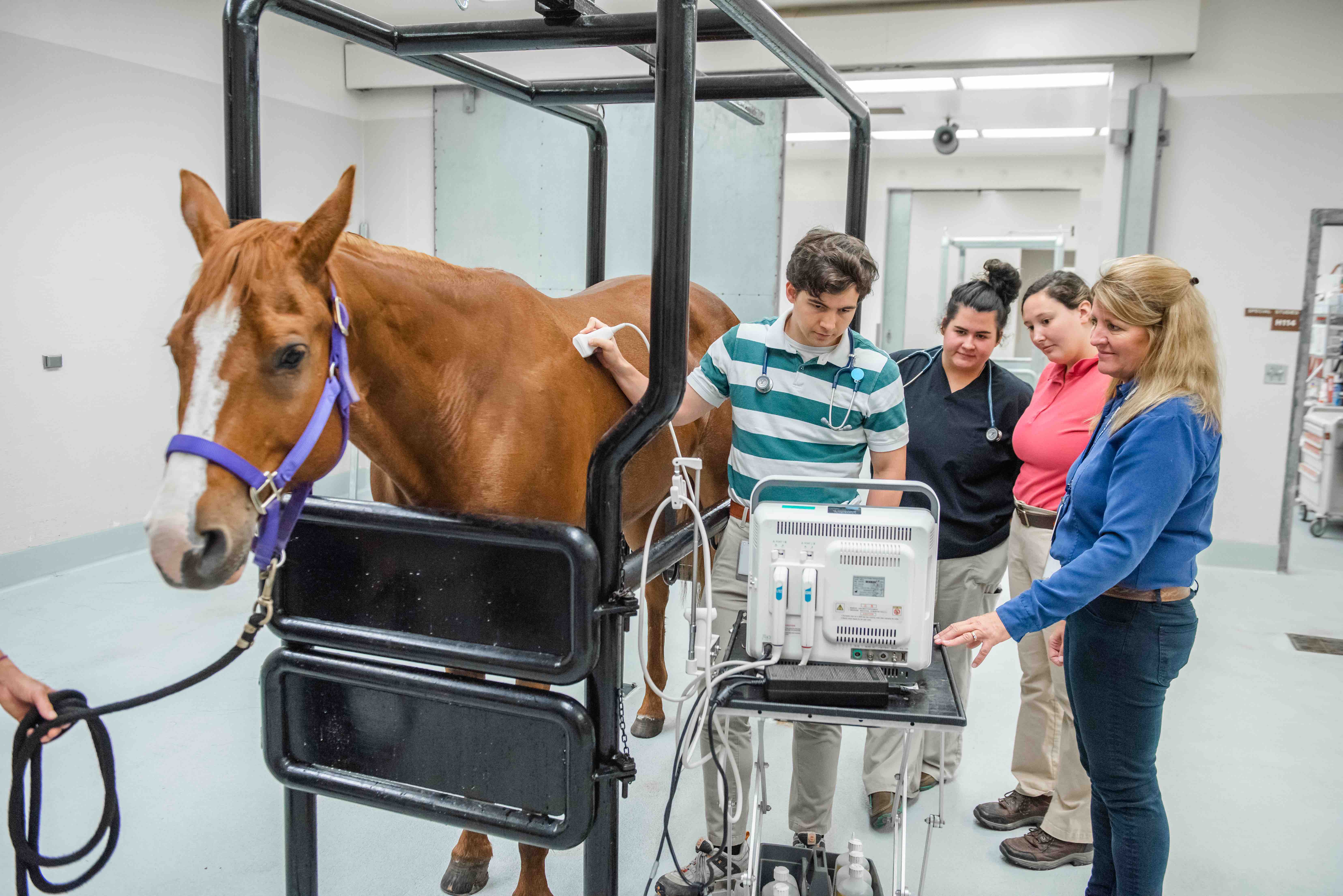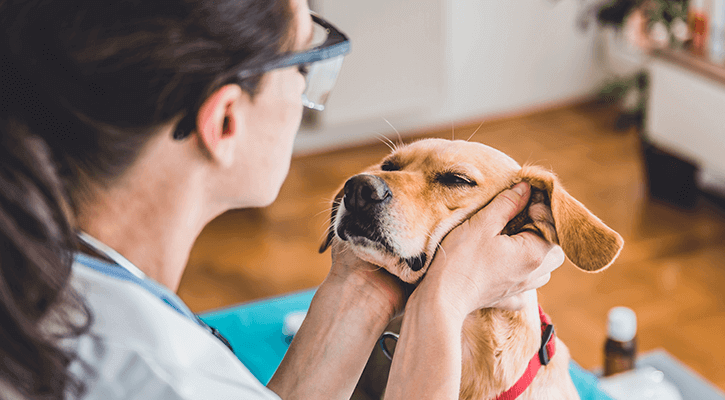What Makes canine tplo surgery a Game-Changer for Active Dogs
Everything About Vet Surgical Treatment: Understanding the Value of Professional Care for Your Pet dogs
Vet surgery is an essential part of pet dog healthcare. It incorporates different procedures, from routine optional surgical treatments to urgent treatments. Comprehending the details of these surgical procedures can help family pet owners make educated choices. The preparation, execution, and healing phases are vital for guaranteeing the health of pets. With proper knowledge, owners can navigate the complexities of vet care. What elements should be thought about prior to an animal undertakes surgery?
Types of Veterinarian Surgeries
When a pet needs medical intervention, comprehending the different sorts of veterinarian surgeries can help family pet owners make informed choices. Veterinary surgeries can be generally categorized into 3 major types: optional, immediate, and emergency surgical procedures. Optional surgical treatments, such as spaying or neutering, are prepared procedures that are not immediately serious. Immediate surgeries, like those for international body removal, must be executed quickly but are not lethal in the minute. Emergency situation surgical treatments, such as those attending to severe injury or internal bleeding, are vital and need immediate attention.Additionally, surgical treatments can vary in complexity, varying from minimally intrusive laparoscopic treatments to a lot more comprehensive open surgeries. Each kind of surgery carries its very own dangers and recovery procedures. Recognizing these groups permits pet proprietors to involve in significant discussions with veterinarians, bring about far better end results for their precious animals.
Getting ready for Your Pet dog's Surgery
Preparing for a pet dog's surgical treatment involves a detailed list to guarantee all essentials are covered. Efficient communication with the veterinarian is important for understanding the procedure and any essential pre-operative steps - tplo surgery. Furthermore, having clear post-operative treatment instructions will aid proprietors supply the finest support for their recuperating pets
Pre-Surgery Checklist Basics
Assuring a smooth medical experience for a pet dog calls for careful prep work and focus to detail. A pre-surgery list is necessary for animal owners to comply with. First, validating the set up surgical treatment day and time is essential. Owners must likewise verify that their family pet has actually not eaten according to the veterinarian's instructions, normally for 8-12 hours before surgical procedure. Collecting essential clinical records, including vaccination history, is necessary for the vet's testimonial. It is likewise recommended to prepare a comfy room at home for the pet's recovery after surgical treatment. Lastly, owners ought to have a prepare for transportation to and from the veterinary facility, ensuring that the pet dog is safe and comfy throughout the journey. Adhering to these steps can considerably improve the surgical experience.
Connecting With Your Vet

Effective interaction with the vet is crucial for a successful medical experience for family pets. Owners need to be prepared to review their pet dog's case history, consisting of any pre-existing conditions, drugs, and allergic reactions. This info helps the vet assess dangers and customize the medical strategy appropriately. Furthermore, animal owners ought to ask inquiries relating to the treatment, anesthesia, and expected outcomes to guarantee they totally comprehend the procedure. Making clear any kind of doubts can alleviate stress and anxiety for both the pet and the owner. It is likewise essential to communicate any type of behavior changes or worries observed in the animal leading up to the surgical treatment. Eventually, clear dialogue cultivates trust fund and collaboration, making sure that pets get the best feasible treatment during their surgical journey.
Post-Operative Treatment Instructions
After reviewing the procedure with the vet, animal owners should concentrate on post-operative treatment directions to facilitate a smooth healing for their pet dogs. These instructions typically consist of checking the surgical site for indications of infection, such as inflammation or discharge. Pet dogs might need to be kept tranquil and restricted to avoid excessive movement that could disrupt healing. Pain administration is crucial, so proprietors need to comply with the veterinarian's guidance on carrying out medications. Furthermore, dietary constraints might be suggested to prevent stomach distress. Routine follow-up appointments are important to guarantee correct recovery and resolve any type of issues. By adhering to these post-operative treatment guidelines, family pet owners can greatly add to their pet's healing and general well-being.
The Surgery Explained
The surgical process for pet dogs includes vital steps that ensure their safety and recovery. Pre-surgery preparations are vital for minimizing dangers, while post-operative treatment guidelines play an essential function in advertising healing. Understanding these elements helps pet owners navigate the surgical experience much more efficiently.
Pre-Surgery Preparations
Before an animal goes through surgical treatment, a number of crucial preparations have to take place to ensure a secure and effective treatment. Initially, a complete vet evaluation is necessary to assess the animal's total wellness and identify any kind of possible dangers. This might consist of blood tests, imaging, or various other diagnostics. The veterinarian will certainly likewise review anesthetic alternatives tailored to the animal's certain requirements. In addition, pet owners are normally instructed to keep food and water for a specified time prior to surgical procedure to reduce the threat of difficulties during anesthetic. It is essential for proprietors to offer a full medical background, consisting of any type of medicines or allergic reactions, making sure the medical team has all essential info. Proper interaction and adherence to pre-surgery guidelines can substantially improve the result of the procedure.
Post-Operative Treatment Standards
Appropriate post-operative care is necessary for guaranteeing a pet's healing following surgical procedure. After the treatment, family pets should be monitored closely for any indications of complications, such as excessive bleeding, swelling, or uncommon habits. It is important to comply with the vet's directions regarding drugs, consisting of discomfort relievers and anti-biotics. Animals must be maintained in a quiet, comfy atmosphere to minimize stress and advertise recovery. Limiting activity is crucial; short, leashed strolls might be required, but leaping or running ought to be stayed clear of. Regular follow-up visits ought to be arranged to assess the healing procedure. In addition, the medical site should be maintained clean and completely dry, with any kind of signs of infection reported to a veterinarian without delay. Adhering to these standards enhances recovery end results.
Anesthesia and Discomfort Monitoring
Efficient anesthetic and discomfort monitoring are essential components of veterinary surgical procedure, making sure that pets continue to be comfy and risk-free throughout the treatment. Vets analyze each animal's specific requirements, considering factors such as age, weight, health and wellness standing, and the kind of surgery being performed.Anesthesia methods generally consist of a mix of pre-anesthetic medicines, induction representatives, and here inhalant anesthetics, permitting specific control over the animal's level of consciousness. Tracking during surgical treatment is vital; vets constantly observe essential indicators to attend to any type of prospective complications promptly.Pain administration methods may entail opioids, non-steroidal anti-inflammatory medications (NSAIDs), and regional anesthetics, tailored to the family pet's certain circumstance. This diverse method helps reduce discomfort and promotes a smoother surgical experience. By prioritizing effective anesthesia and discomfort management, vet experts enhance the general welfare of animals undergoing procedures, ensuring they receive the highest requirement of care.
Post-Operative Treatment and Healing
Following surgical procedure, the emphasis moves to post-operative care and recuperation, which is crucial for guaranteeing an animal's secure return to typical tasks. Throughout this period, family pets call for a peaceful, comfy setting to help healing. Owners must closely check their animals for any type of indications of pain or unusual behavior.Veterinary guidelines often include specific instructions related to drug administration, injury care, and nutritional changes. It is important to stick to these recommendations to reduce problems and advertise recovery. Pets may need to be restricted from vigorous activities, such as running or jumping, during their recuperation period (emergency vet).Regular follow-up consultations with the veterinarian permit surveillance of the pet's development and prompt modifications to the care plan. Providing emotional support and friendship can also improve an animal's recuperation experience, assisting to minimize anxiety and stress and anxiety. Overall, thorough post-operative care plays a substantial function in achieving a successful recovery
Acknowledging Difficulties After Surgery
How can animal proprietors determine complications after surgery? Awareness of specific indications is essential for ensuring the health of pets during healing. Usual indicators consist of extreme swelling, soreness, or discharge at the medical site, which might symbolize infection. In addition, persistent pain, suggested by grumbling or reluctance to relocate, ought to prompt instant focus. Adjustments in hunger or water consumption can likewise show issues; a decline in these habits might signify pain or distress.Moreover, pet dog proprietors must monitor their pets for any uncommon behavior, such as lethargy or problem breathing, as these can be indications of severe problems. Throwing up or diarrhea adhering to surgical procedure might call for urgent vet evaluation. Recognizing these complications early can greatly affect a family pet's healing procedure, emphasizing the relevance of alertness and prompt interaction with a veterinarian for any type of concerning signs and symptoms.
The Role of Vet Professionals in Surgical Treatment
Veterinary specialists play a necessary duty in making sure the safety and success of surgeries for family pets, especially complying with surgical treatment when monitoring and care are critical. These professionals consist of vets, vet service technicians, and assistance personnel, all of whom contribute specialized abilities to the surgical process.Before surgical treatment, veterinarians perform complete examinations to examine the family pet's wellness, making sure that any kind of hidden problems are managed. During the procedure, the surgical team offers anesthesia, keeps clean and sterile environments, and monitors vital indicators, all important for reducing risks.Post-operative treatment is similarly substantial; veterinary experts observe for difficulties, manage pain, and guide owners on recuperation methods. Their knowledge allows them to acknowledge early indications of distress or infection, guaranteeing prompt intervention. Eventually, the joint initiatives of vet experts in medical care cultivate a risk-free environment, advertising the wellness of pets throughout the medical trip.

Frequently Asked Inquiries
How Do I Choose the Right Veterinary Doctor for My Pet dog?
Selecting the ideal vet cosmetic surgeon involves looking into credentials, checking out testimonials, and examining the facility's environment. It is important to assess the cosmetic surgeon's experience with specific treatments and their communication design when deciding.
What Are Common Misconceptions About Veterinarian Surgeries?
Common misconceptions about vet surgical treatments include ideas that they are always risky, unneeded, or just for emergency situations. Numerous pet dog owners ignore the advantages of preventative procedures and the ability included in vet surgical care.
Exactly How Much Will My Pet dog's Surgery Cost?
The expense of a family pet's surgical treatment can differ substantially based on factors such as the kind of treatment, the vet's experience, and geographic place (24 hour vet bellingham). Normally, expenses vary from a couple of hundred to numerous thousand bucks

Can My Animal Consume Prior To Surgical Treatment?
Prior to surgical procedure, it is generally advised that pets avoid consuming for a certain duration. This fasting helps in reducing the danger of issues throughout anesthetic. Proprietors need to consult their veterinarian for specific directions customized to their pet's demands.
What happens if My Family Pet Has Pre-Existing Wellness Issues?
When a pet dog has pre-existing health and wellness conditions, it's crucial for the vet to evaluate these variables prior to surgical procedure. This assessment guarantees appropriate precautions are taken, reducing dangers and optimizing the pet dog's overall safety and security throughout the procedure.